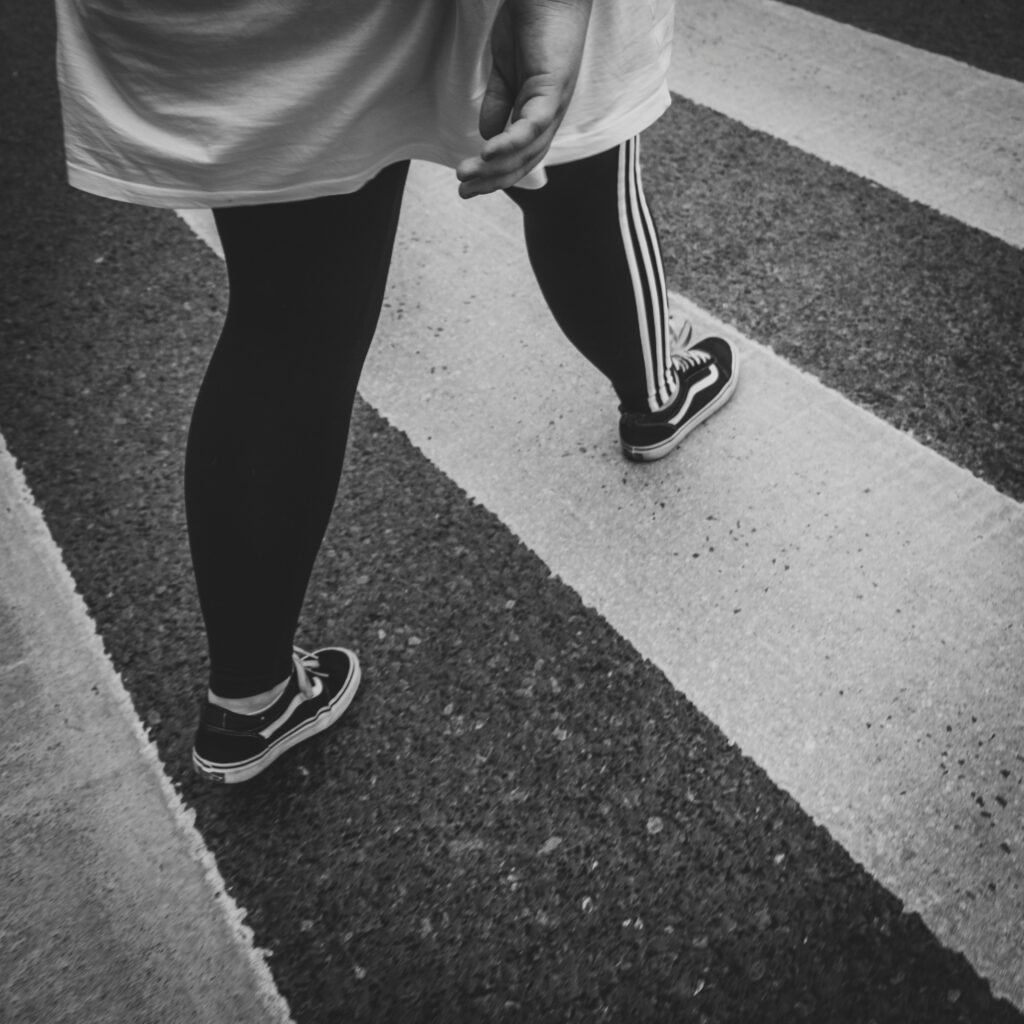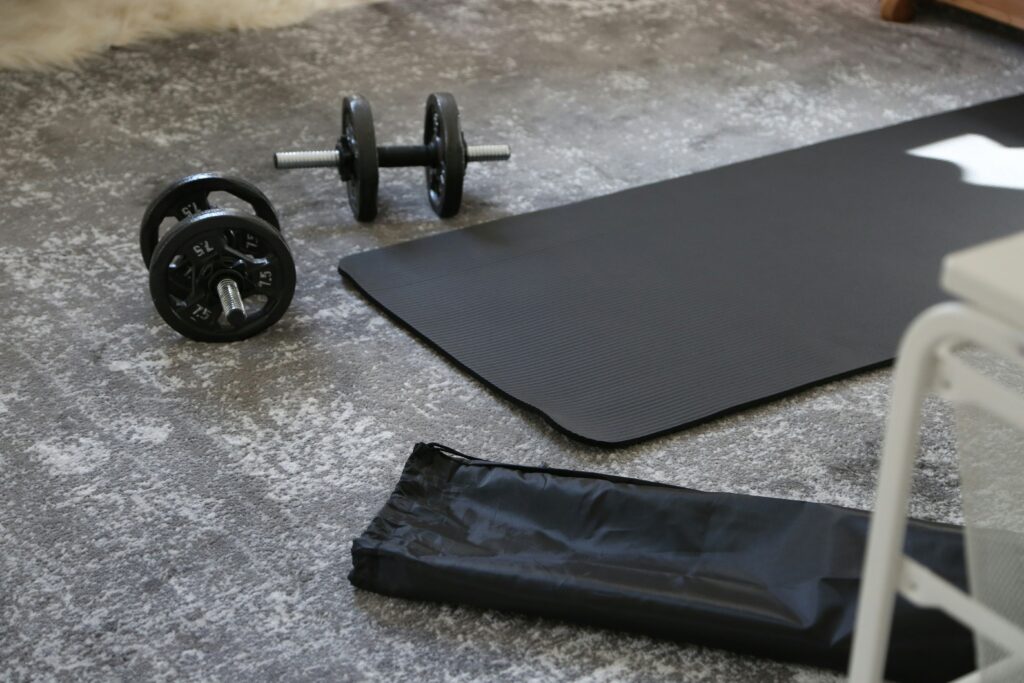Building fitness into your lifestyle isn’t about quick fixes or dramatic changes that fizzle out. It’s more about weaving healthy habits into your daily routine until they become second nature. My approach has always been to focus on small, realistic changes, and it’s worked better than any fad challenge or restrictive plan out there. Here’s how you can shape healthy habits that actually last, and why treating fitness as a lifestyle instead of a short-term project makes all the difference.

The Basics of Making Fitness a Lifestyle
Fitness as a lifestyle means movement, nourishment, and rest all work together in your daily flow. There’s no on-again, off-again mindset. Building routines that work for you takes some experimenting and patience, but when things feel natural, that’s when they stick. The fitness industry can make things seem complicated with all the new trends and flashy equipment, but sticking to basics really pays off over time.
If you check any long term research, you’ll spot that consistent, moderate physical activity (even just brisk walking) brings more reliable health improvements than irregular, super intense workouts. Think better energy levels, lower stress, and real improvements in strength and mood. The trick is making choices every day that support your health goals, even if they’re small. I love how the CDC sums it up; even short bouts of movement, when added up, give you a strong foundation.
You don’t have to eat perfectly or train like an athlete. It’s really about shifting how you prioritize health in your regular life. For me, the turning point was realizing it felt less like “work” and more like “maintenance.” It’s just part of daily life now, as simple as brushing your teeth.
Getting Started: Simple, Sustainable Steps
Starting out doesn’t mean emptying your wallet on fancy gear or complicated routines. It’s about finding one or two new habits you can add to what you already do. Here are some down to earth ways I’ve found helpful:

Walk More: It might seem too basic, but adding an extra 10 minutes to my daily walk added up quickly. Sometimes I park further away, or add a loop around the block on my lunch break. If it feels easy, you’re more likely to keep doing it.
- Set Tiny Goals: Forget New Year’s Resolutions. Pin down one goal each week, like drinking enough water or stretching before bed. Little wins build momentum.
- Mix Movement Into Your Routine: I sneak in bodyweight squats while waiting for my coffee or practice balance while brushing my teeth. These mini moves start to add up.
- Find Activities You Enjoy: Not a fan of the gym? Try dancing, cycling, yoga at home, hiking, or group classes. For me, switching things up keeps it interesting, so I don’t get bored.
Sticking with habits becomes a lot easier if you make them simple, accessible, and, crucially, a little bit fun. If you try something but don’t love it, no worries mix in some variety and track down something that does light you up. Often, getting outside or adding music can make daily movement feel next-level cool, turning it into something you look forward to instead of a chore.

Habits That Stick: The Science and Real-World Tips
Long lasting habits almost always come from repeating small actions until they’re automatic. According to “Atomic Habits” by James Clear and studies from the NIH, it can take anywhere from a few weeks to a few months for a new habit to really settle in. Here’s how I make them stick:
- Pair New Habits With Old Ones: Want to build a new strength habit? Tack it on after your morning coffee or podcast. I do a quick stretch before I shower, every day.
- Track Your Progress: Use a notebook, app, or calendar. I love putting a checkmark for every day I move. It keeps me motivated, especially when I see a streak build up.
- Make It Social: Even a quick message to a friend about a walk or workout makes it more likely I’ll follow through. Group support, online or in person, helps more than we realize.
- Give Yourself Permission to Adapt: Life changes, so your habits may need to change, too. Being flexible keeps things low pressure and realistic for the long haul.
Over time, these tiny steps become your default setting. Some weeks won’t go as planned, but getting back in sync with your habits is a lot easier if they’re part of your normal routine. If you do fall off, don’t stress—just step back in where you left off. Progress is about consistency, not perfection.
Challenges That Can Trip You Up (And How I Find My Way Through Them)
We all hit rough patches, and that’s totally normal. Setting overly ambitious goals or making big changes all at once usually ends with frustration, not progress. Life gets busy, motivation dips, and sometimes stress throws a wrench in the best planned routines. I’ve been there plenty of times.
- Time Crunch: If I’m slammed, I shrink my workout to ten minutes or swap it for a walk. Something is way better than nothing, and it keeps the habit alive.
- Boredom: Even routines get old. I add podcasts to my walks or change my route, or switch activities for some cross training.
- Motivation Slumps: Progress isn’t always obvious. I keep a “why” list on my phone—a quick reminder of how much better I feel after moving. Reflecting on past wins helps when my motivation isn’t there.
- Injury or Illness: If I need to slow down, I look for ways to stay involved. Maybe gentle stretching or working on nutrition can fit in. Keeping the healthy habit mindset going ensures I don’t fall completely out of rhythm.
Working through challenges is crucial for making habits stick. It helps to treat health hiccups as normal blips rather than a reason to give up entirely. Staying sharp and adjusting your game plan when needed is what builds real staying power—one step at a time.
Mini-Tactics for Success
• Plan workouts like appointments; set a reminder on your phone or calendar.
• Prep workout clothes or shoes where you’ll spot them first thing in the morning.
• Celebrate even small wins. Progress is progress, no matter how tiny.
Stepping It Up: Habit Upgrades That Work
When your base habits feel locked in, there’s room to add some upgrades. I started with daily walks and, over time, added strength moves and more varied cardio. Here are a few ways you can build on healthy routines:
- Add Resistance: Bodyweight moves like squats and push ups pack a punch for getting stronger. Later, you might sprinkle in resistance bands or simple dumbbells at home.
- Upgrade Nutrition: Fitness works best with good food. Simple changes, like more veggies, swapping sugary drinks for water, or prepping meals, make a noticeable difference.
- Track Sleep: I started paying attention to sleep and noticed huge jumps in energy and recovery. Even a basic bedtime routine—phone off early, regular hours—gives your body a chance to catch up.
- Explore New Activities: Signing up for a fun class, 5K, or hiking with friends keeps things interesting. Challenges and variety, like group rides or themed event days, set your motivation free and mix up your routine.
Building on habits doesn’t mean doing more, faster. It’s about expanding on strengths you already have so your routine keeps growing with you, matching what fits your life at each stage. These upgrades help keep things fresh without losing the foundation you’ve already set.
Frequently Asked Questions
If you’re starting—or restarting—the fitness lifestyle loop, questions are a given. Here are a few I’m often asked:
What if I really dislike working out?
Answer: Skip what feels forced. Finding movement you actually enjoy (swimming, dancing, hiking, or morning stretches) works better than anything you dread. The main goal is staying active, not slogging through misery.
How much do I need to exercise to see results?
Answer: It’s less than you might think. Even 150 minutes per week (about 20-30 minutes daily), split into small chunks, makes a difference. Don’t stress if you miss a day. The big win comes from what you do most of the time, not perfection.
How do I get back on track after falling off?
Answer: Start with just one or two low pressure habits, like a short walk or prepping one healthy meal. It’s the consistent return to your routine that builds results, not drastic comebacks.
Do I need a gym membership or fancy equipment?
Answer: Not at all. So many options work well at home or outside, using just your own bodyweight or basic gear. I use resistance bands and a mat—that’s it! If you want to add a little more, try some simple free weights or a jump rope. The important thing is finding what works for your space and budget.
Bringing It All Together: Why the Lifestyle Approach Wins
The best fitness “plans” are the ones you keep following. In my own experience, weaving health and movement naturally into your days is the most reliable path. All the tips here come down to one thing: make it work for your unique life. Some days are busier than others, some weeks need more rest, and that’s completely fine. Celebrate progress, stay flexible, and keep looking for the habits that feel most natural to you and the people in your daily world.
Remember, success isn’t about intensity it’s about staying in the game for the long haul. Step by step and habit by habit, a fitness lifestyle creates real health with staying power that you’ll feel years down the line. Your future self will be grateful you stuck with it, day after day, making health something you simply do. Thanks for checking this post out feel free to to leave a comment, ask questions and be sure to look on the other posts for everything fitness.
